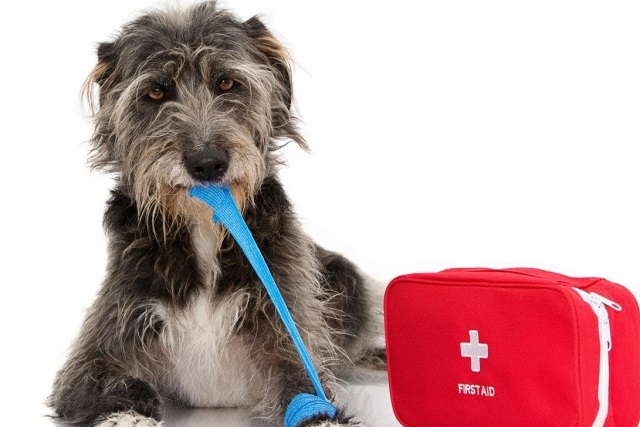
Are you pet owners? Are you new to the world of pet care?
Emergencies can happen at any moment. Monitoring your pet and their conditions is one of the most important things that you can do for your animal companion. Learning pet CPR and how to spot the warning signs for pet emergencies is a valuable skill that every pet owner needs to have.
If you’ve never had to care for a pet before, you might need some help. Listed below are a few tips that can help you care for your pet if they get into a bad situation. Keep reading to find out more!
1. Conduct the Pet CPR Properly
Secure and examine your pet during a pet emergency to safely and efficiently assist. It’s necessary to secure the animal and ensure that it is safe from further danger. Your pet will be nervous and scared in an emergency, resulting in the animal running away.
The most important tip for this is to get help from someone you trust so your pet is not startled by too many people and remains under your control. Ensuring your pet is safe will allow you to safely examine the animal. This physical evaluation will identify any potential injuries that need to be addressed.
Once you have secured your pet and are sure they are not in immediate danger, it will allow you to assess the pet’s needs. This can be critical for pet owners to ensure their pet is safe and healthy.
- Conduct the Pet CPR Properly
Conducting pet CPR properly is essential when handling pet emergencies. The goal is to provide enough oxygen to the pet’s circulation until a vet can take over. Here are three tips for ensuring that pet CPR is properly administered.
Determine the Pulse
A pulse can be felt near the base of the pet’s right hind leg, usually in the crease of the hindquarter. Count the pet’s heart rate to determine if it is normal for your pet’s species and breed.
Compressions
Administer compressions by placing the heel of one hand on the pet’s ribcage and compressing in an alternating rhythm. Do not press too hard or too lightly.
Rescue Breaths
Carefully seal your lips around your pet’s nose and administer several rescue breaths. Check the pet’s breathing every few minutes and continue with the compressions and rescue breaths if needed.
- Call an Emergency Vet
In the event of a pet emergency, it is important to know how to handle the situation. The best course of action is to always call your emergency vet, as animal medical emergencies require specialized care and attention.
By being aware of the basics of pet CPR emergency care and knowing when to call the emergency vet, you can ensure that your pet has the best chance of receiving proper and timely medical attention.
You can also get certified at https://cprcertificationnow.com/products/pet-cpr-first-aid-certification and know more about what is pet CPR and how to conduct proper techniques.
Learn Pet CPR Today
Overall, pet owners should be prepared to respond to and handle pet emergencies using proper CPR techniques. Not only is it important to know the basics of pet CPR, but also to be prepared to act quickly in an emergency. You might also want to get a first aid certification for your pet’s safety.
Knowing the tips of pet CPR can help you save your pet’s life in a critical situation. Take time now to learn more and become prepared to handle similar pet emergencies!
Did you find this article helpful? Check out the rest of our blogs!











